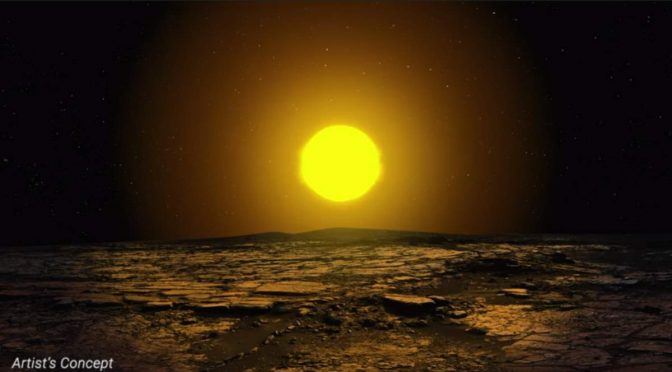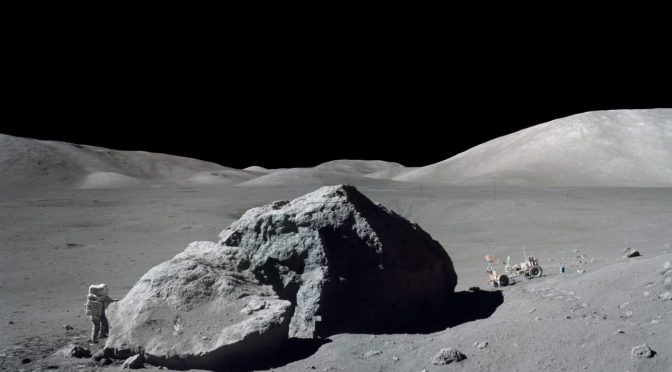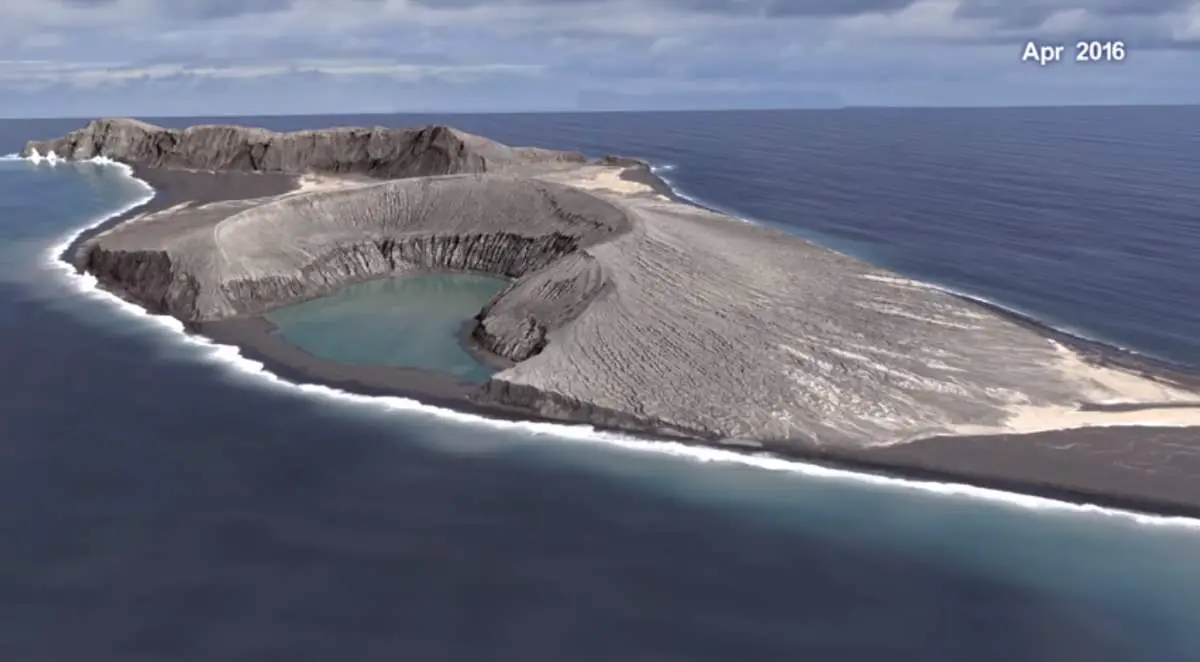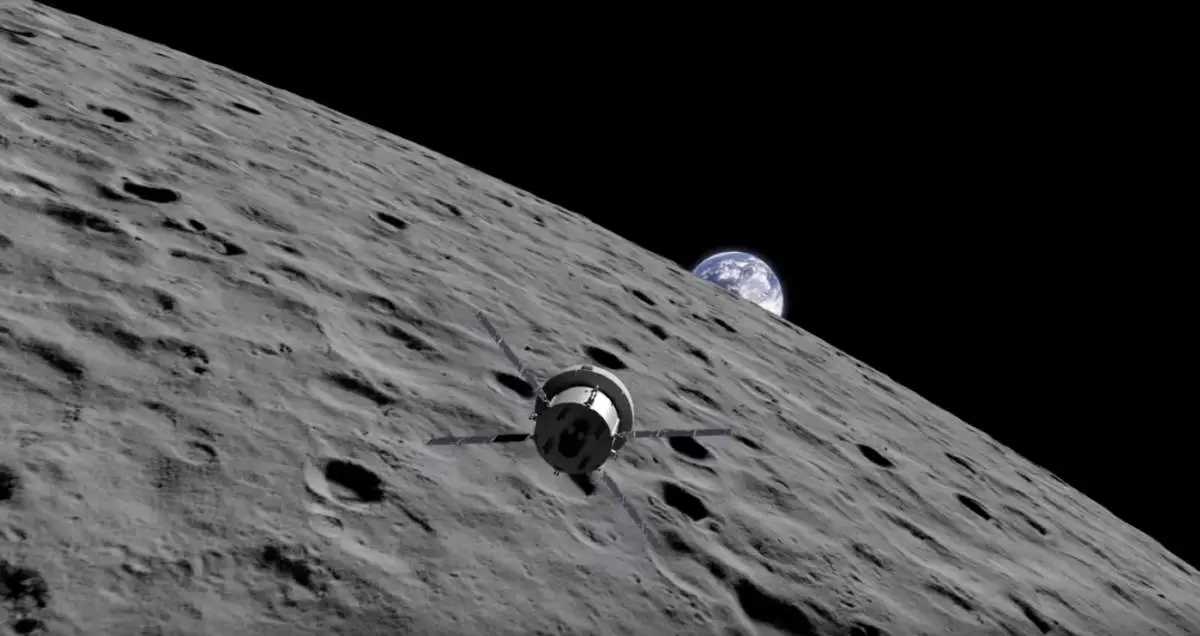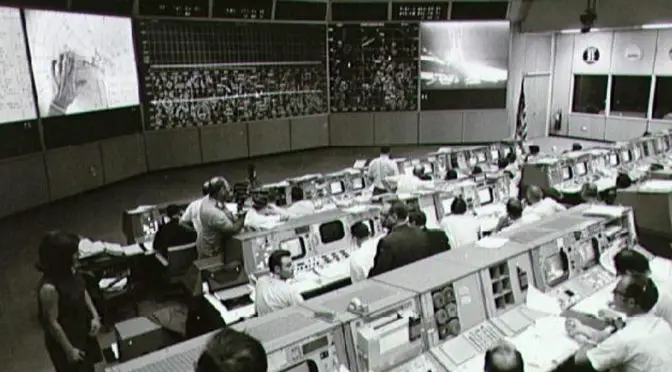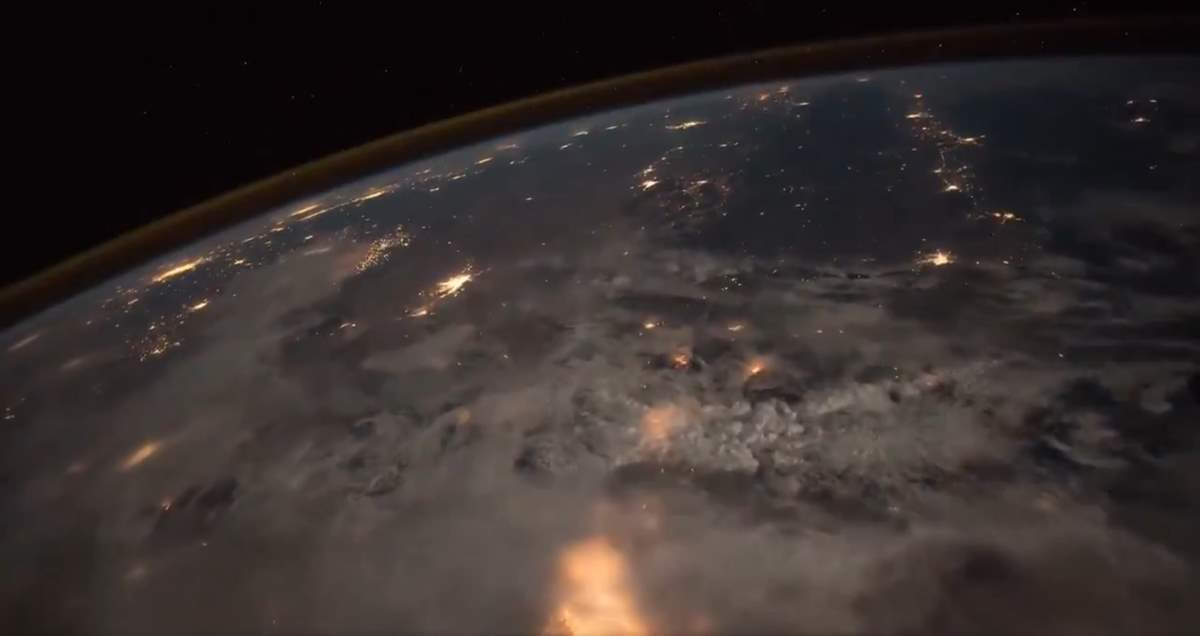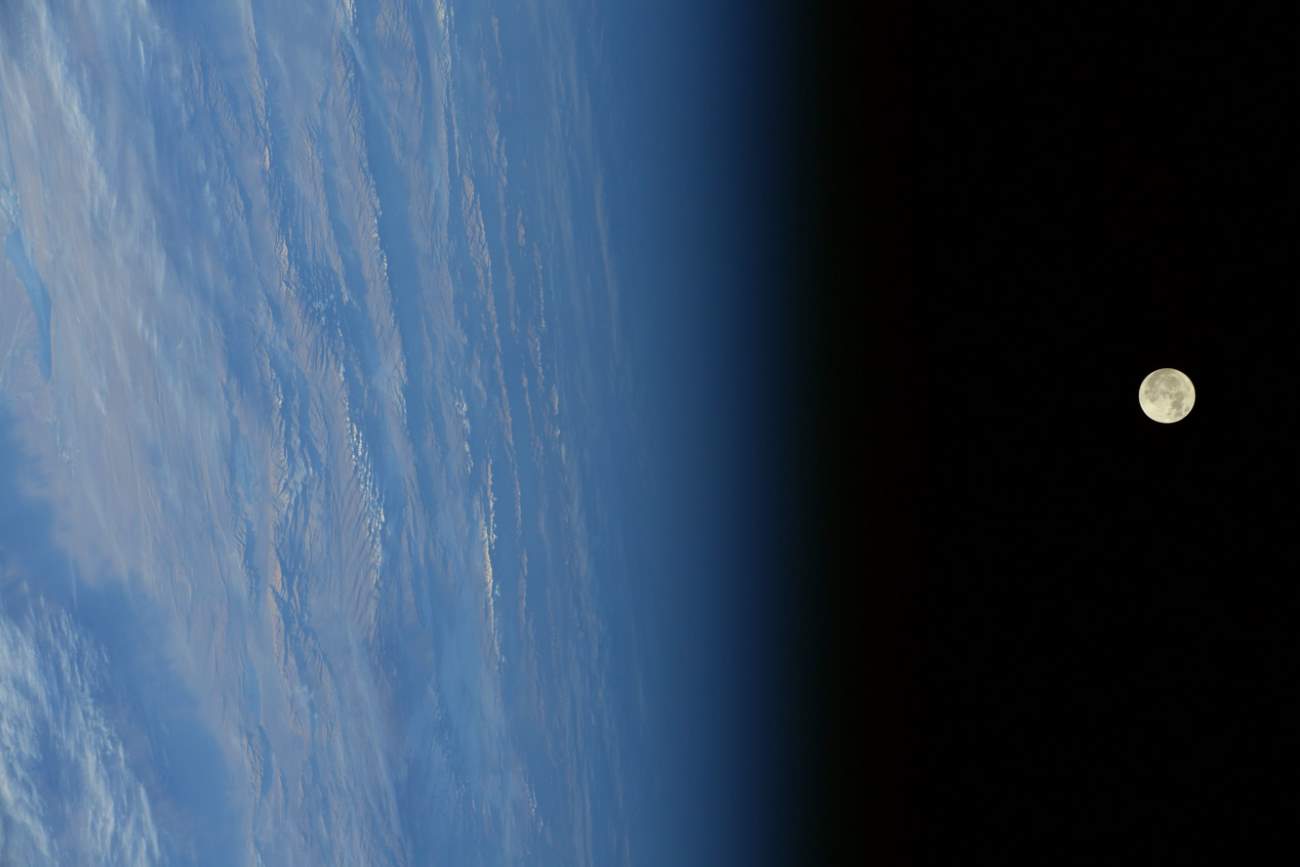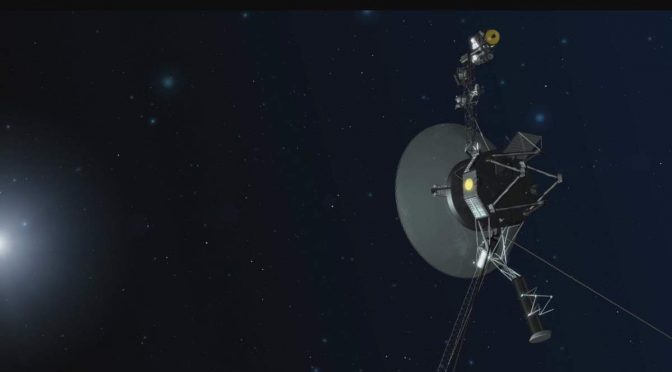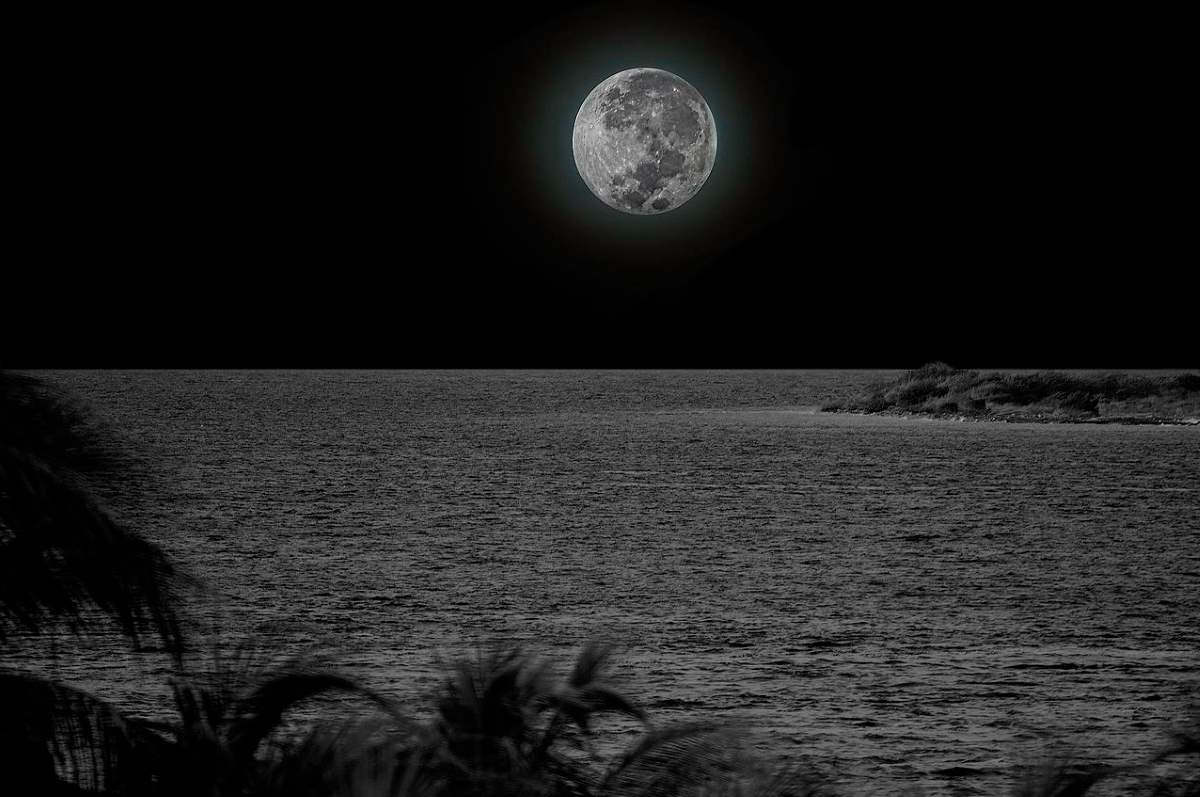Using data from the exoplanet-hunting Kepler Space Telescope and a machine learning algorithm from Google, researchers discovered an 8th planet orbiting a distant star. The newly discovered planet is circling Kepler-90, a G-type main-sequence star (Sun-like star), 2,545 light-years from Earth. It is named Kepler-90i.
According to the press release from NASA, Kepler-90i is “a sizzling hot, rocky planet that orbits its star once every 14.4
